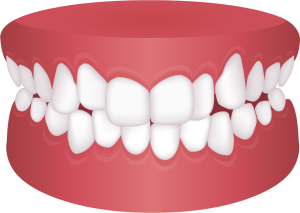Dysgnathia
Tooth and jaw malocclusions
The right brace for every malposition.
Due to our many years of experience with both aligner treatments and fixed and lingual braces, we always use the appropriate appliance for the respective malpositioned teeth.
In the following we show you the most common malpositions.






